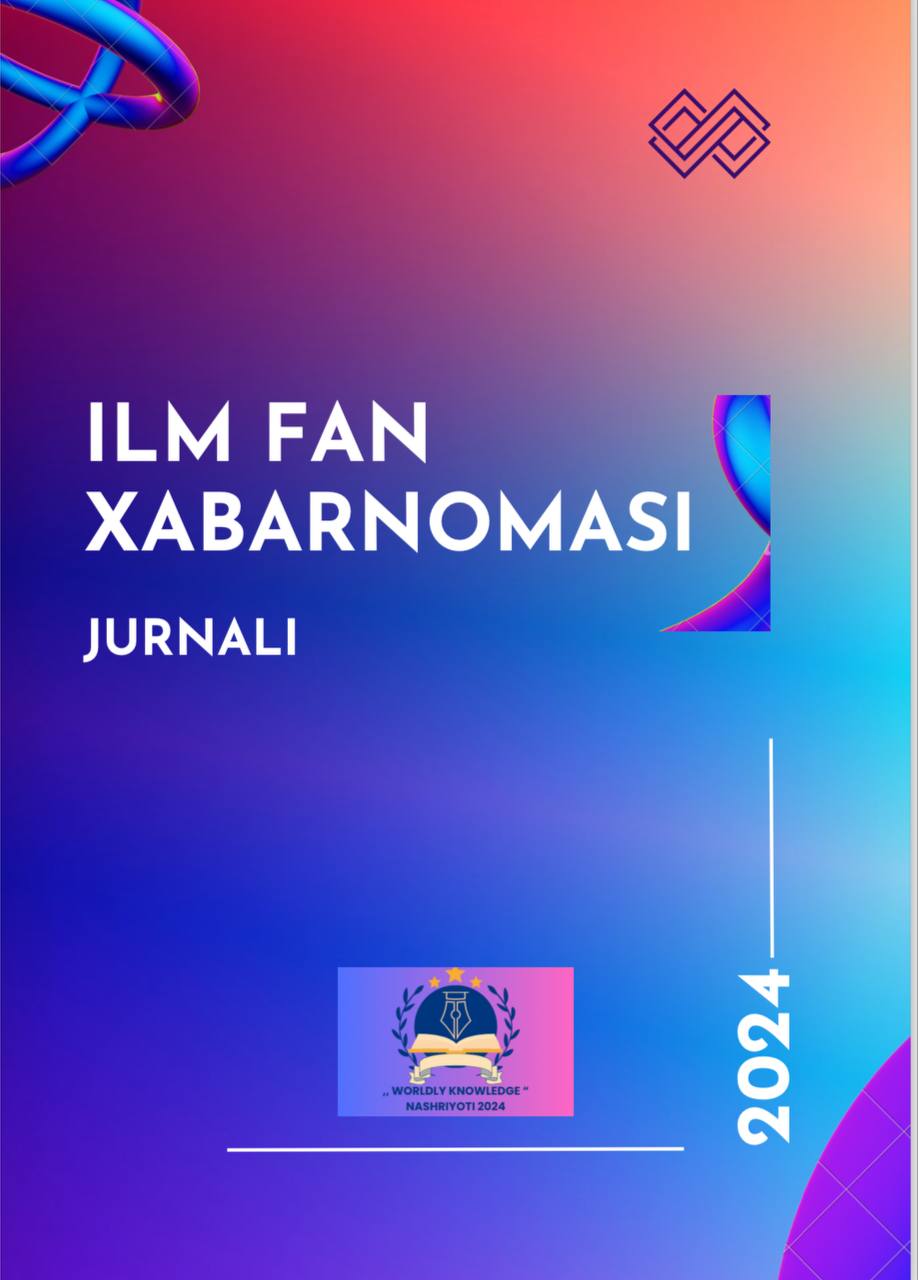ONLINE PRESENTATION SKILLS: HOW TO COMMUNICATE EFFECTIVELY IN THE VIRTUAL WORLD
Keywords:
virtual communication, non-verbal cues, technological barriers, monotone delivery, body languageAbstract
Effective communication in online presentations is essential in today’s digital world, where virtual meetings, webinars, and online learning environments have become commonplace. This study investigates strategies for improving audience engagement and communication effectiveness in virtual presentations. Through a combination of literature review, expert surveys, and audience feedback analysis, the study identifies key techniques, such as the use of interactive tools, vocal variation, well-structured content, and high-quality visuals. The results indicate that interactive elements significantly enhance audience engagement, while varied vocal inflections and clear visuals improve audience retention and comprehension. The study also highlights the broader implications of these findings for virtual communication in professional and educational contexts, suggesting that mastering these techniques can lead to more impactful and memorable presentations. However, limitations such as technological accessibility and cultural differences are discussed, pointing to areas for further research and adaptation. This study contributes to the growing field of digital communication by offering evidence-based strategies for optimizing online presentations.
References
Anderson, T., & Mason, R. (2021). Virtual Engagement Strategies for Effective Online Communication. Journal of Digital Learning, 14(2), 45-63.
2. Brown, L. (2019). The Power of Visuals in TED Talks: A Case Study on Audience Engagement. Communication Studies Quarterly, 29(3), 231-248.
3. Clark, R. C., & Mayer, R. E. (2020). e-Learning and the Science of Instruction: Proven Guidelines for Consumers and Designers of Multimedia Learning (4th ed.). Wiley.
4. Jones, A., & West, H. (2021). Top 10 Techniques for Impactful Virtual Presentations. Online Learning Journal, 10(1), 91-105.
5. Johnson, M., & Kim, S. (2020). Designing Effective Visuals for Online Learning Environments. Educational Technology Review, 17(2), 77-92.
6. Lee, S. (2018). The Role of Tone in Digital Communication: Engaging an Online Audience. Communication Research Trends, 23(4), 123-138.
7. Mehrabian, A. (1971). Silent Messages: Implicit Communication of Emotions and Attitudes. Wadsworth.
8. Patel, R., & Nguyen, L. (2019). Maximizing Audience Engagement through Interactive Techniques in Online Webinars. Digital Communication Quarterly, 12(3), 34-56.
9. Smith, J., Roberts, D., & Lee, T. (2022). Virtual Presentation Feedback: What Audiences Value Most. Journal of Online Engagement, 8(1), 54-66.




